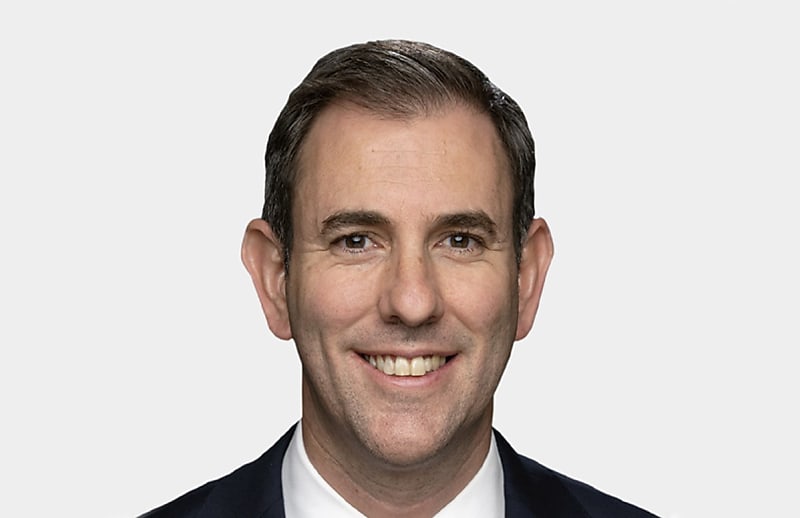Treasury concerned about rising income tax rates, pre-roundtable briefing reveals
TaxTreasury is concerned about Australia's rising income tax burden and its implications for intergenerational fairness, pre-roundtable briefing documents have revealed.

Ahead of the August Economic Reform Roundtable, Treasury has raised concerns about Australia's rising income tax burden and its implications for productivity and intergenerational equity in pre-event documents circulated to attendees.
The annotated roundtable agenda, released under Freedom of Information last Friday (31 October), revealed that the government was growing concerned about Australia's increasing reliance on income tax to fund public spending as the population ages and excise revenue falls.
“Australia’s tax system is critical to funding the services Australians rely on but at the same time is under pressure from demographic and economic shifts,” Treasury said.
“As the population ages, a smaller share of the Australian population, working-age people, are set to shoulder the burden of generating income tax revenue.”
A little over half of Australia’s tax take came from income tax revenue in 2022–23, the ATO’s latest Taxation Statistics report revealed.
Industry bodies and economists have warned that Australia’s taxation system is overly reliant on income tax to cover growing public spending pressures, leaving the tax burden squarely on the shoulders of workers.
“Our system is over-reliant on personal income tax, and that is unfairly punishing Australians also facing cost-of-living and housing pressures,” CA ANZ chief executive Ainslie van Onselen said.
In the pre-roundtable briefing document, Treasury similarly expressed concerns that bracket creep and rising average income tax rates could discourage labour market participation, savings and skills investments amongst working Australians.
“Without government intervention, bracket creep will result in rising average tax rates. Personal income tax settings also impact on efficiency, as high effective marginal tax rates can discourage labour market participation and savings as well as investment in skills,” the briefing read.
It added that inconsistent taxation on savings income was distorting how and where people saved, creating opportunities for tax planning.
The context was attached to a roundtable session concerning personal taxes, delivered by Grattan Institute chief executive Dr Aruna Sathanapally, ANU economist Bob Breunig, economist Chris Richardson, and Commissioner of Taxation, Rob Heferen.
In their presentations, Sathanapally and Breunig lamented the “horizontal inequity” present in Australia’s tax system, which they said penalised workers and gave overly concessional treatment to investors and wealth-holders.
“The issue here isn’t how much personal income tax we collect, but the imbalanced way in which we do it,” Sathanapally said.
“As it currently stands, wages and salaries from work are what we lean on most heavily in our tax system … and alongside it, we have created very generous concessions for making your income almost any other way.”
Before the roundtable, Breunig told The Australian Financial Review he would advocate for company tax cuts, paid for through greater taxation of wealth.
“The tax system is penalising people in their 30s and 40s and then making them super wealthy towards the end of their life, and they could probably use a bit more of that money when they’re paying for childcare and trying to get a mortgage,” he said.
“If we tax savings a bit better, it means you can improve equity and can also afford to cut the corporate tax rate to increase productivity.”
In the contextual background for the roundtable session on corporate and indirect taxes, Treasury added that the share of indirect taxes contributing to government revenue had fallen in recent decades.
“Indirect taxes – including the GST and excise equivalent duties – have fallen from 29 to 22 per cent of total revenue over the past twenty years,” the briefing read.
“This trend is expected to continue with technological developments and changing consumer preferences.”




